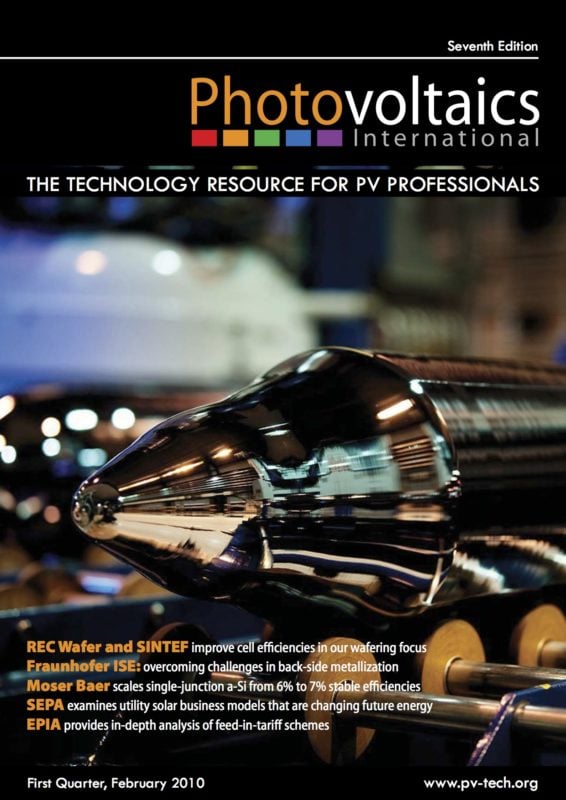By David Krick, Principal Technologist, CH2M HILL; Helfried Weinzerl, Global Business Development Manager, CH2M HILL; Michael O'Halloran, Director of Technology, CH2M HILL; Terry Behrens, Senior Director of Manufacturing Integration, CH2M HILL
Development of fine-line crystalline silicon solar cells is a potential direction for application of high-efficiency and low-cost solar cells in the industry. Fine-line mask-free metallization offers huge potential to increase cell efficiency by reducing metal shadowing losses and surface recombination losses. At China Sunergy, three promising approaches for fine-line crystalline silicon solar cells are currently undergoing research, including processes such as laser doping selective emitter (LDSE) technology, inkjet or aerosol jet printing of metal paste and upgraded screen-printing technology. This paper presents the basic investigations of these three manufacturing technologies, singling out the technology that presents the most potential for further application.


